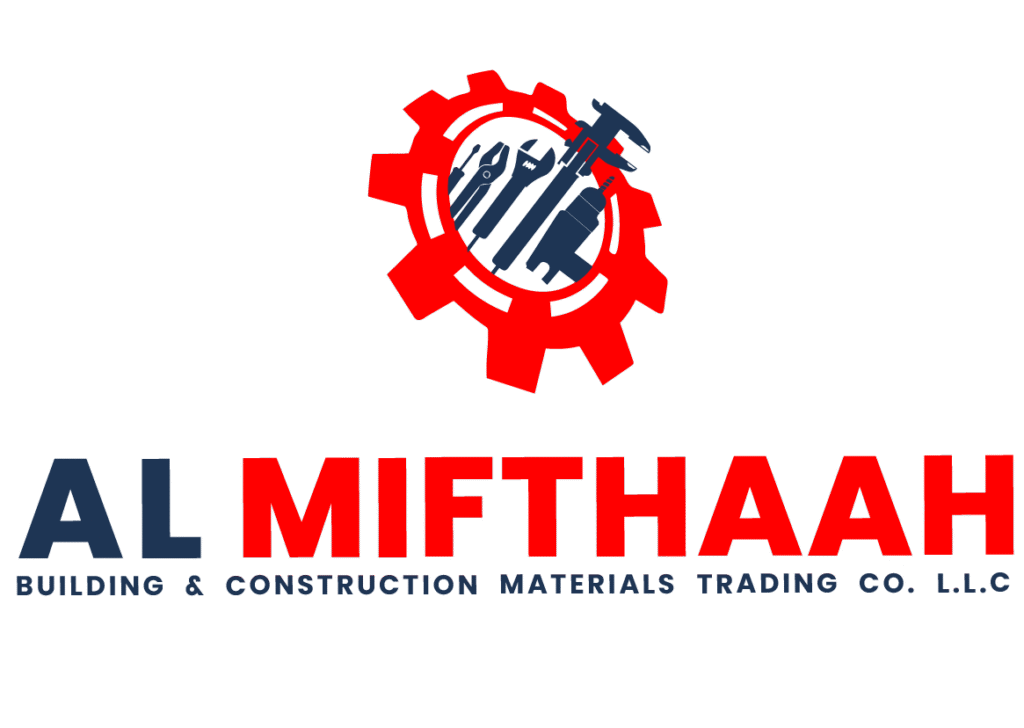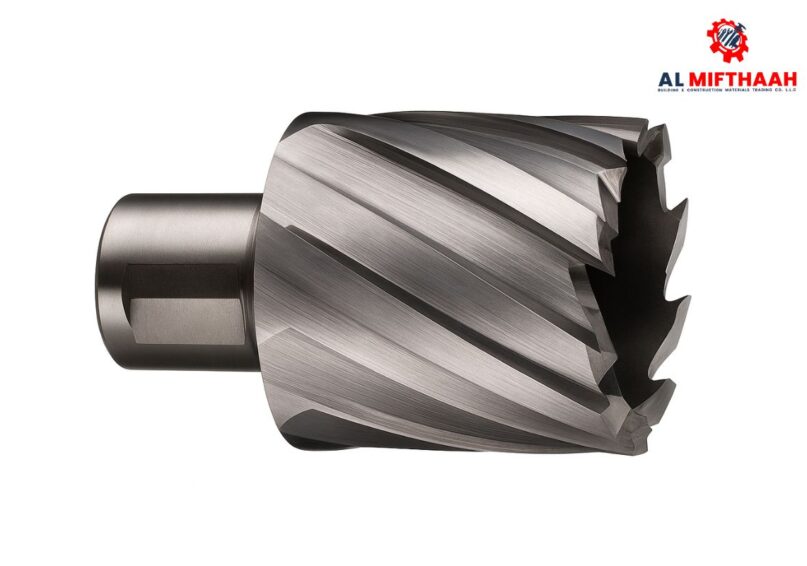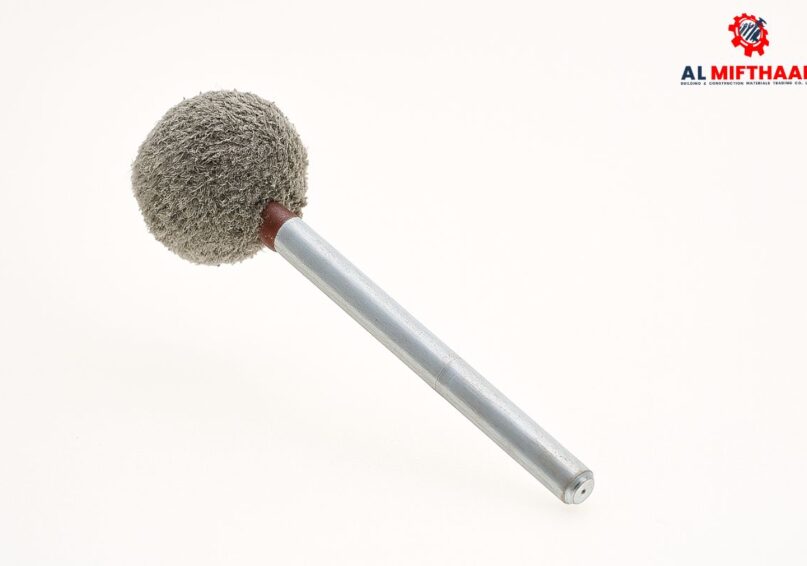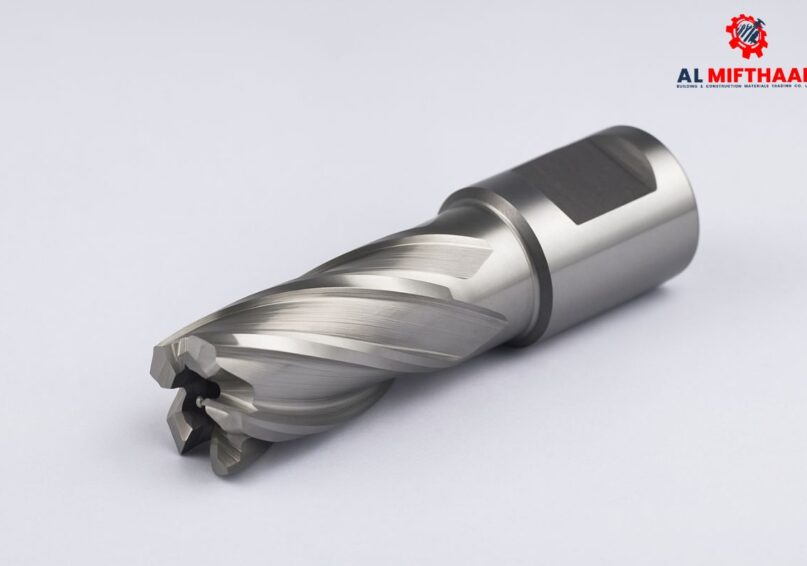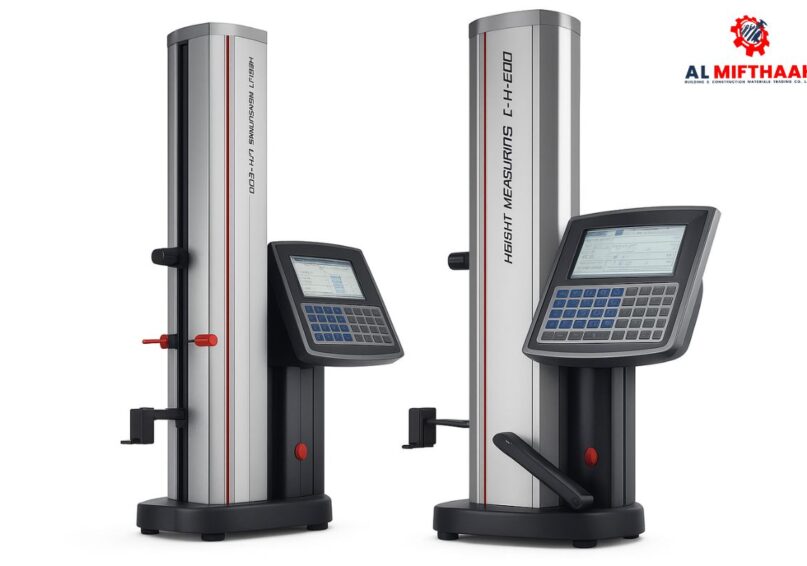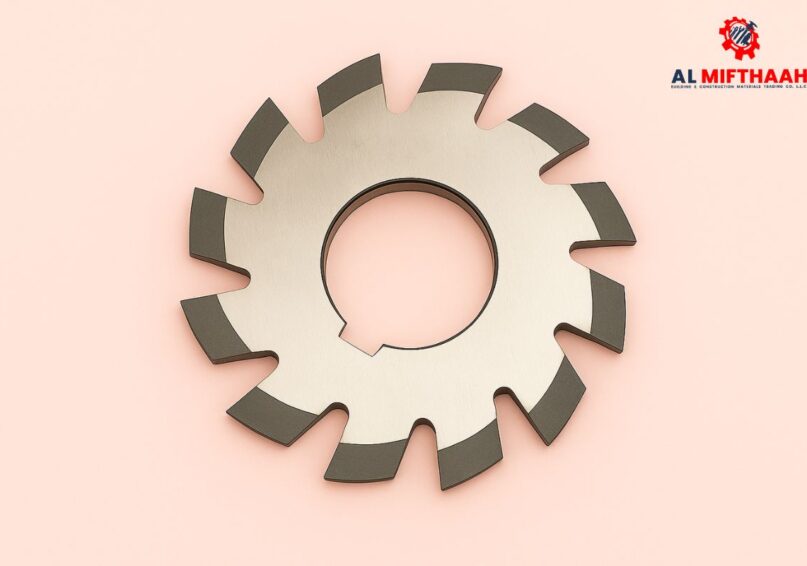- October 6, 2025
- by Almifthaah
Different Shapes of Mounted Points and Their Applications
Table of Contents
- What are mounted points?
- Importance of shape and size in mounted points
- Different shapes of mounted points
- The role of grit size in mounted points
- Common applications of mounted points
- Selecting the right mounted point for your work
- Safety and best practices while using mounted points
- Future trends in mounted points usage
- Conclusion
- Key takeaways
Mounted points are compact but high-performance tools applied to grinding, polishing, deburring, and finishing operations. They are present in many forms and dimensions, each specifically for special purposes. The correct form provides accuracy, effectiveness and longevity in use in areas such as metalworking, aerospace, automotive and mold-making.
In contemporary workshops, mounted points have an important role to play in accurate work that includes accuracy. Selection of appropriate types not only saves time, but also improves the quality of the final product. For those individuals who work with special materials, obtaining reliable equipment is equally important. That’s why experts tend to trust reliable abrasive tools supplier Dubai when it comes to quality and uniformity.
What are mounted points?
Mounted points are tiny grinding implements with abrasive tips that are mounted on a spindle. They are utilized with die grinders, handpieces, or other rotary instruments. They are especially well-suited for precision and detail-based work due to their smallness.
Therefore, the abrasive head will be available in various materials, including aluminum oxide or silicon carbide, depending on the surface you are working on. Mounted points can be used both for coarse removal of material and finer finishing operations.
Importance of shape and size in mounted points
Mounted points shape and size have a direct impact on performance. A poor match in shape can result in irregular finishes, wasted time, or even tool damage. Conversely, when the appropriate shape is chosen, the tool can access sharp corners, deburr efficiently, and leave a smooth finish.
- Shape: Defines how well the tool can fit into the work area.
- Size: Dictates the amount of material that can be removed simultaneously and the level of precision of the finish.
For example, the smaller points are ideal for handling detailed work due to the high maneuverability, while larger ones are ideal for cutting bulk material.
Different shapes of mounted points
Cylindrical Mounted Points
- Optimal for surface grinding and finishing flat surfaces.
- Utilized in areas where evenness and straight-line accuracy matter.
- Common in industries where smooth edges are needed on machine components.
Conical Mounted Points
- Good for deburring and finishing angled surfaces.
- More effective at reaching corners and sharp edges.
- A top choice when working with intricately shaped pieces of metal.
Ball-Mounted Points
- Best for fine detail work and finishing concave areas.
- Preferred where smooth detailing of curves and rounded profiles is necessary.
- Good for jewelry, mold-making, and aerospace work.
Bullet Mounted Points
- Ideal for detailed finishing and reaching into tight, restricted areas.
- Works well in applications requiring controlled grinding in tight spaces.
- Widely used in fine work like redressing welds or dies.
The role of grit size in mounted points
The grit size is another critical consideration that affects the finish and rate of material removal.
Coarse Grits (Lower Numbers):
- Quickly remove material.
- Finish rougher.
- Ideal for first grinding or removing heavy stock.
Fine Grits (Higher Numbers):
- Offer smoother finishes.
- Remove material at a slower rate.
- Suitable for polishing or finishing.
However, using a mix of grits—coarse first and fine last—provides efficiency with high-quality finishes.
Common applications of mounted points
Mounted points are popular due to their ability to accommodate numerous processes. Following are the most frequent uses:
Grinding
- Surface grinding to make flat surfaces smooth.
- Cylindrical grinding to round shapes.
Deburring
- Removing sharp edges post-machining.
- Cleaning complex parts without harming them.
Polishing
- Surface polishing for shine.
- Detailed polishing for complicated tiny surfaces.
Re-grinding Transitions
- Smooth areas where two surfaces intersect.
- Applied in aerospace and automotive parts.
Groove Grinding
- Forming or finishing grooves in metals.
- Generates precise channel measurements.
Tool and Die Work
- Maintains tools within accurate measurements.
- Facilitates attainment of sharp, clean contours.
Mold and Pattern Making
- Applied to fine details in patterns.
- Delivers high precision in molding.
Weld Cleaning
- Removes welding slag.
- Smoothes seams for enhanced appearance.
Sharpening
- Resharpens edges of cutting tools.
- Facilitates increased tool life.
Material Removal
- Rapidly removes excess material.
- Accelerates shaping operations prior to finishing.
Selecting the right mounted point for your work
In choosing a mounted point, consider these points:
- Material type: Metal, plastic, wood, or composite material.
- Finish desired: Rough shaping or mirror polish.
- Shape and size: Depending on accessibility and task accuracy.
- Grit size: Coarse for scraping, fine for finishing.
Moreover, even experienced professionals tend to seek out experienced abrasive tools dealers in Dubai to select mounted points that are suitable to their project requirements. The guidance of experts guarantees that the ideal tool provides maximum performance.
Safety and best practices while using mounted points
Keeping safety and best practices in mind while using mounted points is equally as crucial as choosing the right one.
- Always don gloves and safety glasses.
- Do not exceed the mounted point’s recommended speed.
- Use the right tool holder to avoid imbalance.
- Change worn-out points instantly to prevent accidents.
- Apply steady pressure while grinding—excessive force can destroy both tools and surface.
Future trends in mounted points usage
With industries evolving, mounted points are also adapting. Some emerging trends include:
- Advanced Materials: New abrasives that last longer and cut faster.
- Eco-Friendly Designs: Reduced dust emission during grinding.
- Automation: Mounted points integrated into robotic grinding systems for higher efficiency.
- Customization: Shapes tailored to specific industry requirements.
Therefore, these innovations make mounted points even more essential in modern manufacturing.
Conclusion
Mounted points are essential equipment in precision grinding, polishing, and finishing. Their suitability greatly depends on choosing the right shape, size, and grit for the job. From cylindrical to bullet-nosed points, every design has a special application. Industries from aerospace to automotive depend on these tools for precision and durability.
Furthermore, with increasing demands on manufacturing, mounted points remain in constant development with new materials and uses. To maintain uniform quality and performance, most workshops entrust good hardware tools suppliers in Dubai who have a good understanding of the kind of needs professionals have.
Making the right choice not only saves time but also enhances productivity and guarantees lasting outcomes.
Key takeaways
- The mounted point’s shape determines its accuracy and applicability.
- Grit size affects finish quality and speed of material removal.
- Mounted points are used in grinding, deburring, polishing, and more.
- Having the proper type maximizes efficiency, safety, and end results.
